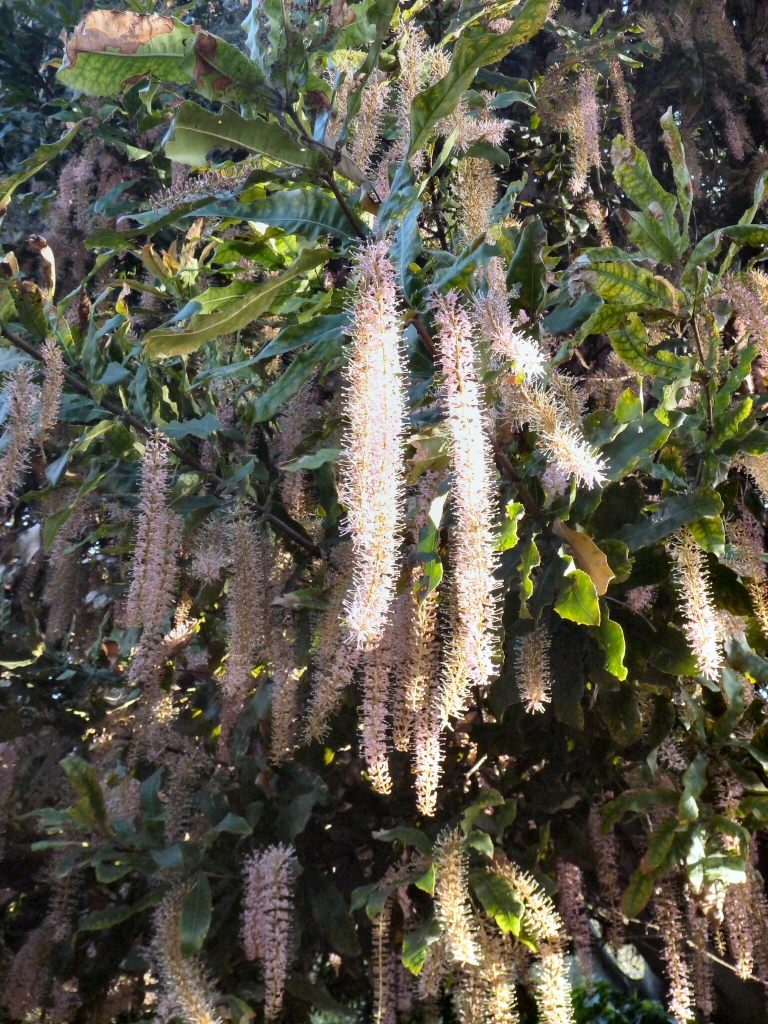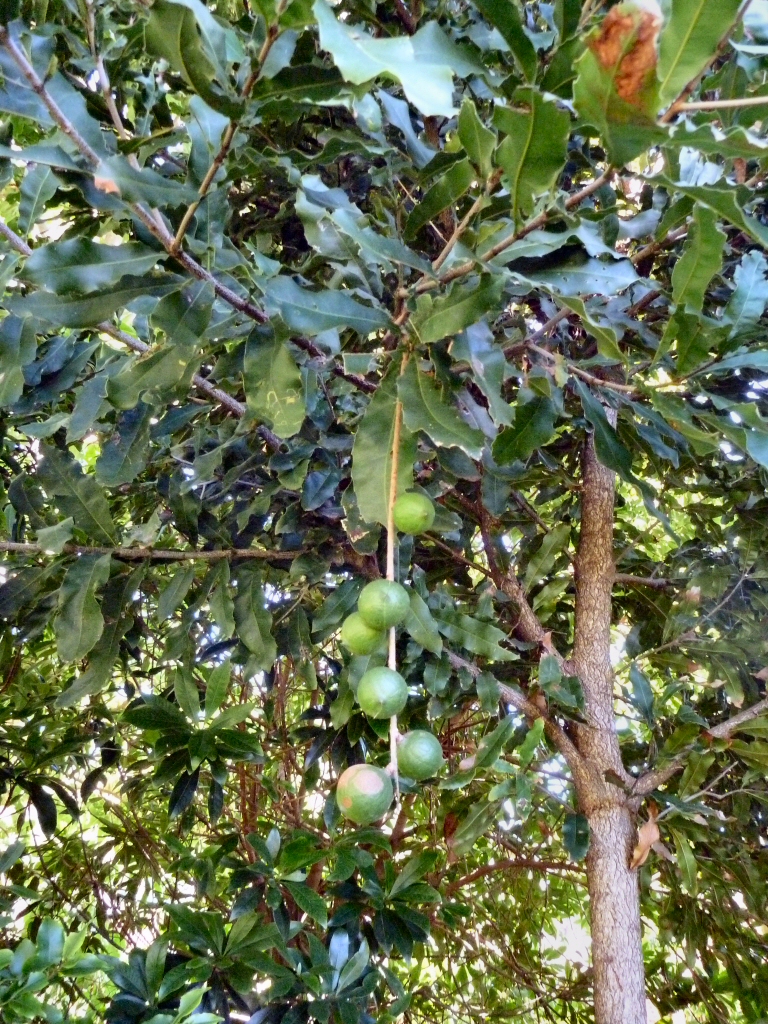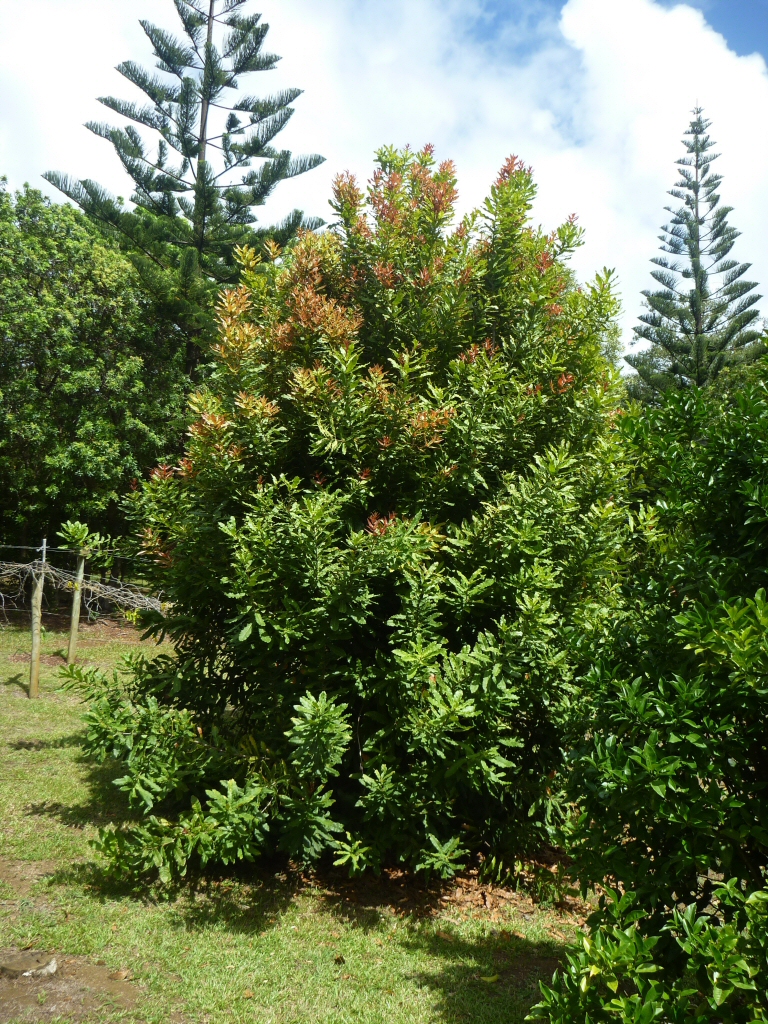How do I grow Macadamias?
Why not plant an edible Australian? The macadamia nut is arguably our finest contribution to the culinary world and it will grow particularly well in coastal gardens from Sydney to Queensland. It will also grow in all but the harshest of cooler climates if protected from frost in the first few years.
-

Macadamia integrifolia -macadamia nut
-

Macadamia integrifolia -macadamia nut
-

Macadamia integrifolia -macadamia nut
It is actually a member of the Proteaceae family (this includes waratahs, banksias and grevilleas), which means it should only be fertilised with low phosphorus feeds designed for native plants.
Under ideal conditions it will grow to a height of perhaps fifteen metres but less in cooler climates. As well as the delicious nuts it is also a rather ornamental plant as well,with interesting foliage and sprays of small but abundant white or pink flowers in spring. It can be somewhat messy once the flowers drop due to their abundance, so make allowances for this.
It makes a useful shade tree, with the bonus of being able to harvest your own crop of macadamia nuts. There are more dwarf varieties available for smaller gardens too, but always be aware that trees can have root systems that can cause issues with drains and sewers. If in doubt, there are root barrier systems that can be used to block the progress of ranging roots.
There are two varieties of Macadamia, M. tetraphylla with pale pink flowers, and M. integrifolia with cream flowers. Macadamia tetraphylla will take cooler weather, so is a better variety for southern states.
Seedling grown trees will bear nuts after around 10 years, but more reliable results come from grafted or cutting grown trees. The nuts take around 6 months to mature, and will fall to the ground when ripe where they can be collected. The nut is encased in a green outer husk which is removed and discarded. The nut should then be dried until the shell is hard, which will help with cracking the nut. This can take up to a month or two to do naturally.
